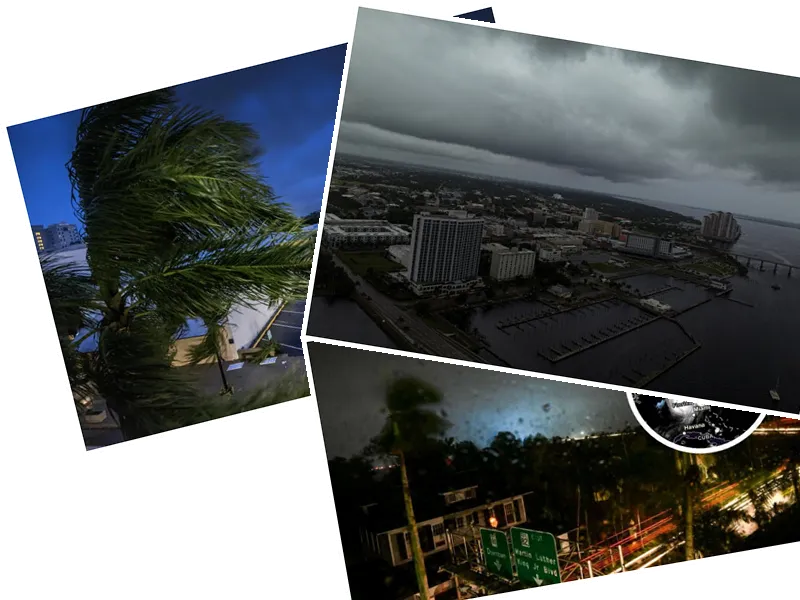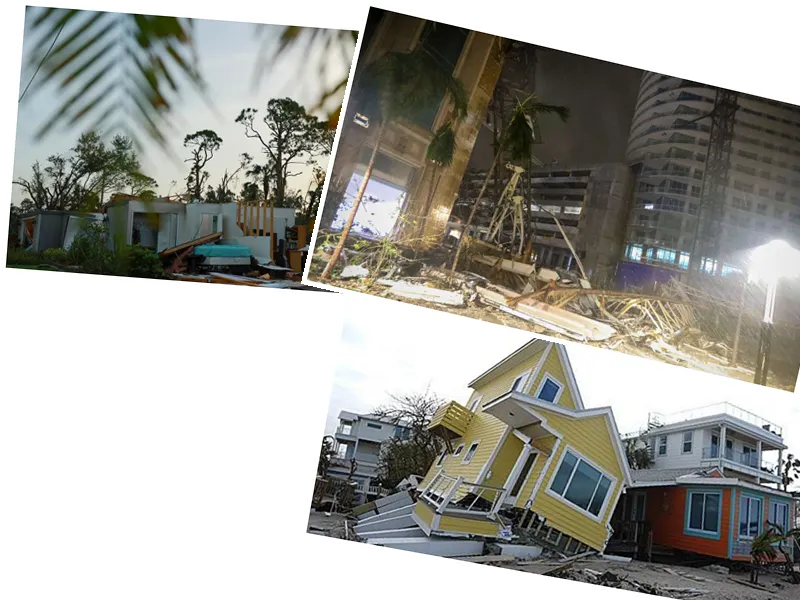Hurricane Milton Weakens but Remains Dangerous
Hurricane Milton has made landfall in Florida, initially hitting as a Category 3 storm before being downgraded to a Category 2 by the National Hurricane Center (NHC). Despite the downgrade, officials warn that the storm's impact is still severe, with over two million residents currently without power. The hardest-hit areas include Manatee, Sarasota, Hardee, and Pinellas counties. President Joe Biden has urged residents to heed evacuation orders, emphasizing the storm's potential for catastrophic damage.
Impact and Damage Across Florida
Milton has already caused significant destruction along Florida's Gulf Coast, particularly in Tampa, where torrential rains and winds exceeding 100 mph have led to flash flooding and infrastructure damage. Early reports indicate that some areas have received up to six feet of rain, with forecasts predicting an additional eight feet could fall in the coming hours. Local authorities are on high alert, and mandatory evacuations have been ordered for approximately 5.9 million residents in vulnerable areas. Governor Ron DeSantis has reported that thousands of utility workers are on standby to restore power once conditions improve.
Government Response and Recovery Efforts
In response to the devastation caused by Hurricane Milton, President Biden has reached out to local officials, providing federal support to affected communities. The NHC has issued warnings for life-threatening storm surges and extreme winds, urging residents to seek shelter. Airports in the region, including Tampa International and St. Pete-Clearwater International, have suspended operations, and many flights have been canceled. Authorities are coordinating recovery efforts as they brace for the ongoing threat posed by Milton.





